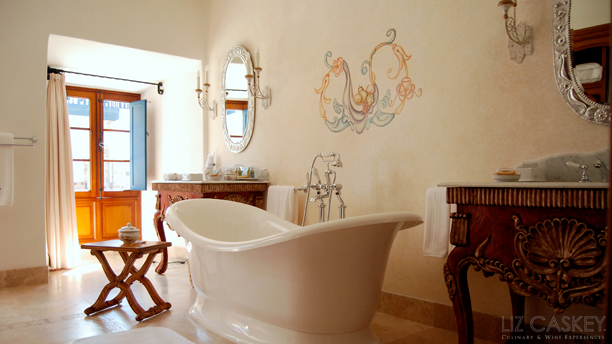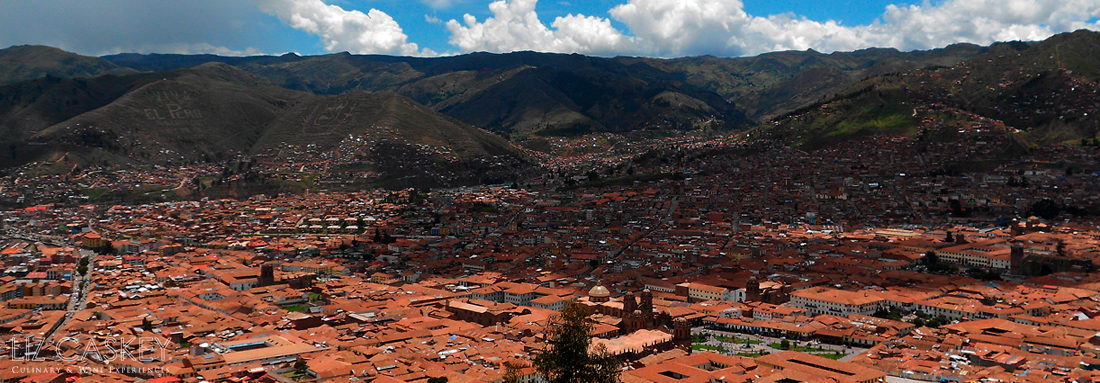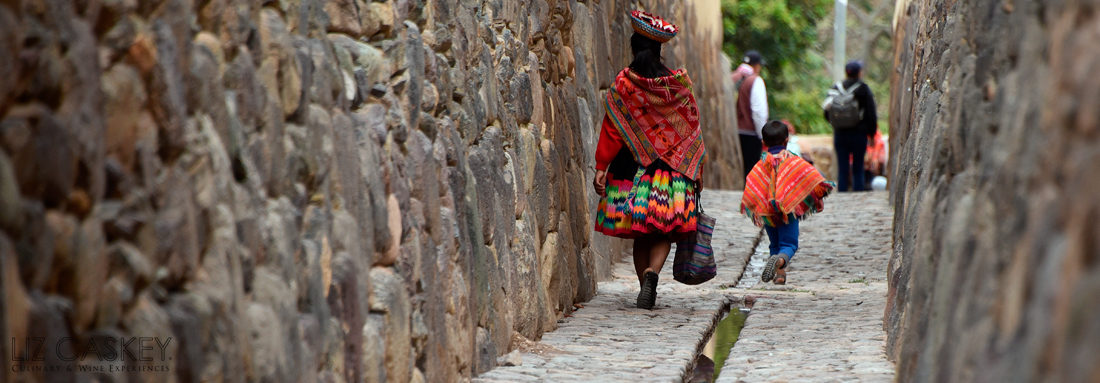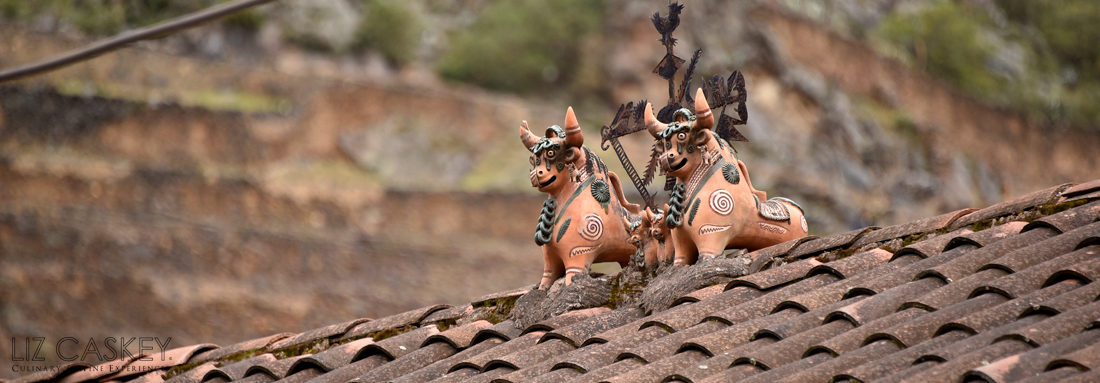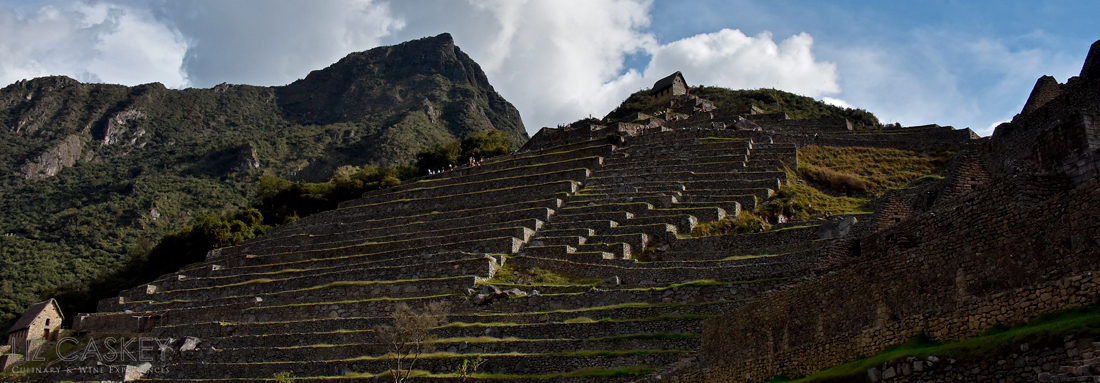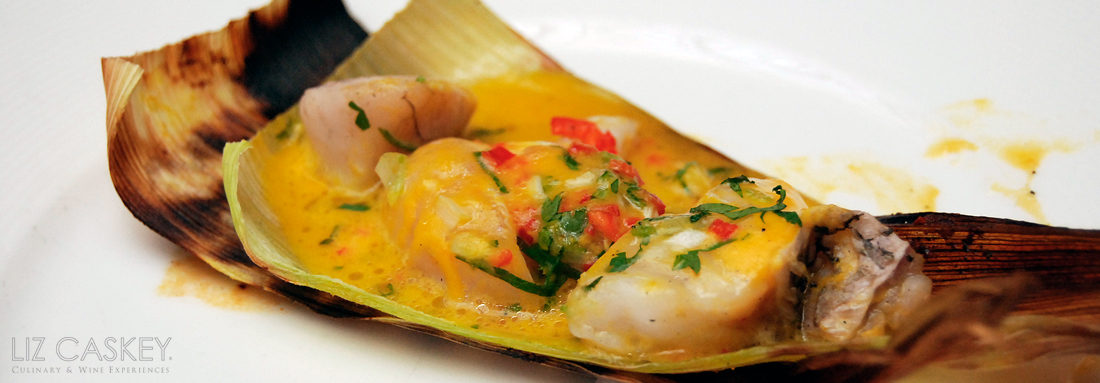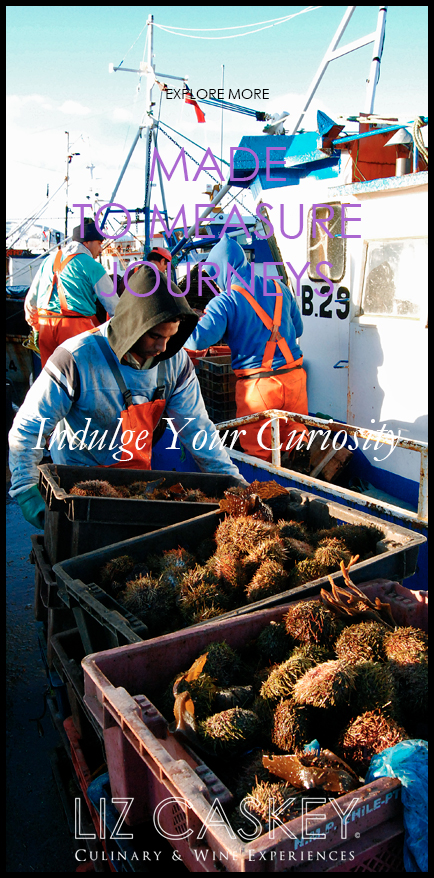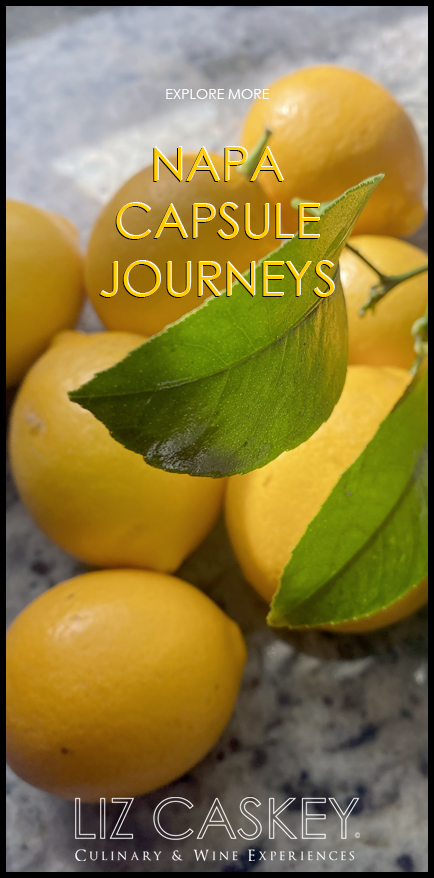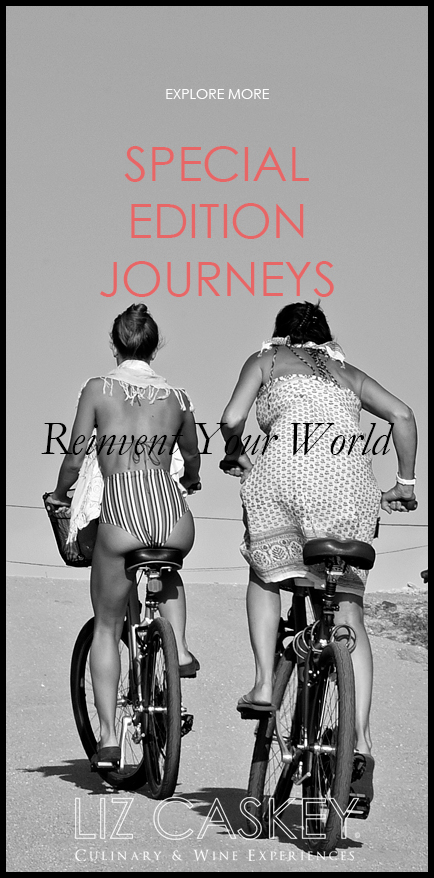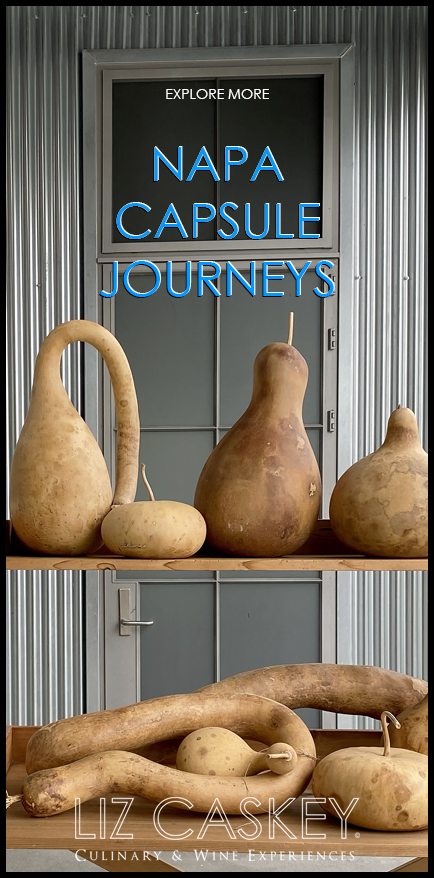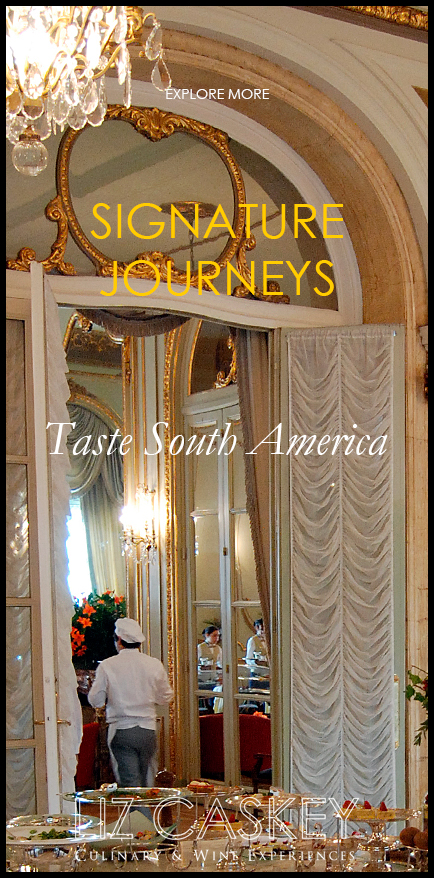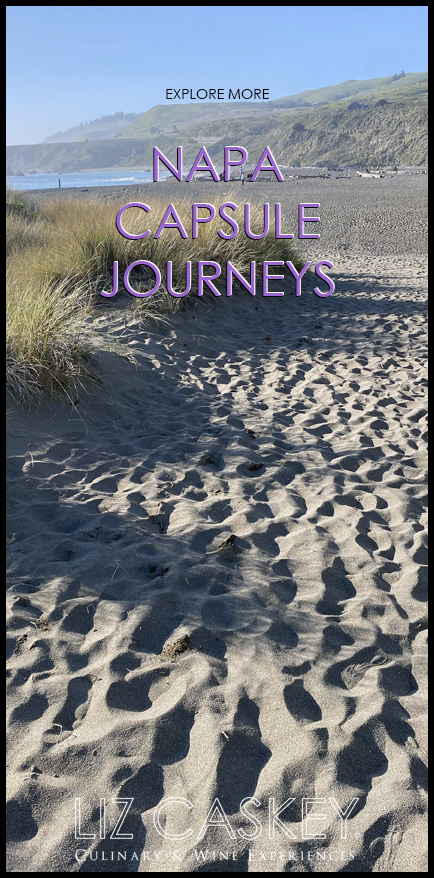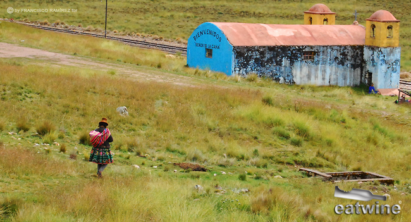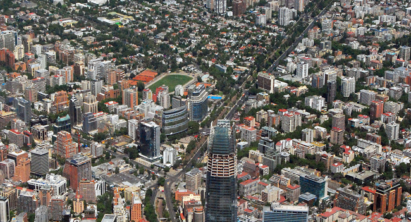Cusco & Sacred Valley
Landing high in the Andes at 11,000 feet above sea level, the air is thinner and you are immediately embraced by the mountains. Once the capital of the ancient Inca Empire, Cusco and the surrounding Sacred Valley are obligatory stops en route to Machu Picchu.
Declared a UNESCO World Heritage site in 1983, Cusco is a blend of Spanish colonial architecture, Baroque art, and Incan stone walls. It’s a maze of white-washed facades, red-tile roofs, cobblestone streets, and stone alleyways that transport you to another time. In fact, Cusco is the oldest continuously inhabited city in the Western Hemisphere, founded around 1100 A.D.
Outside Cusco, the Sacred Valley is the cradle and heartland of the Incas and Quechua people. Following the Urubamba River, the valley floor is at a lower altitude than Cusco with a mild climate and lower altitude in some areas for easier breathing. Emerald, terraced farmland and Incan ruins are framed by snow-covered peaks and flocks of sheep follow women dressed in colorful textiles as they spin wool. Life in the Sacred Valley is slow and hasn’t changed much since Incan times for many villages. It’s authentic, colorful, and full of local and traditions.
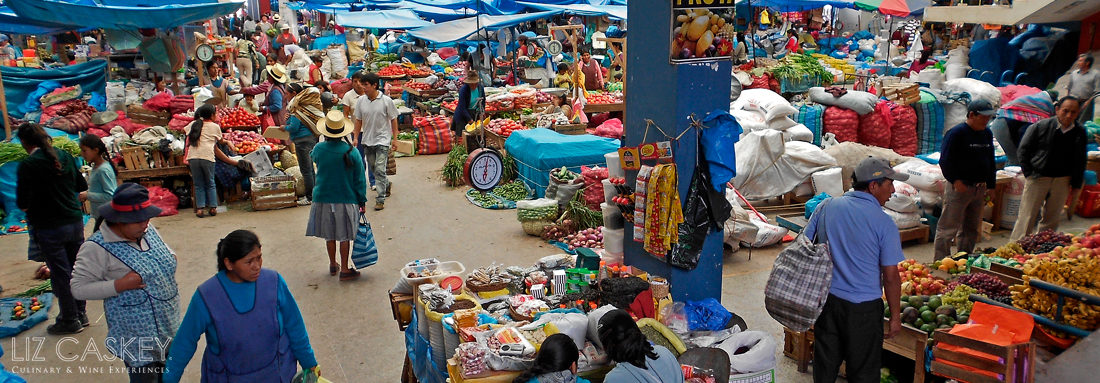
Ingredients
Cusco is a living testament of two vastly different empires and historical periods, evident in its facades and architecture. Once the seat of the Spanish viceroyalty in the 16th century, the Spanish conquered the city then erected churches on top of the existing Inca temples employing the traditional grid system. Grand plazas were meeting points and the use of adobe, red-tiled roofs and wooden balconies became typical of the region. Look closely though and the base of nearly every building has Incan stone work.The Incas never used any material other than a snug fit to keep the rocks together. In Cusco, Koricancha, the Temple of the Sun, is the most stunning example. Or head high above Cusco to Stonehenge-like Sacsayhuaman, the only Inca site known boasting megalithic architecture with massive stones weighing up to 130 tons. Inside many of the hotels, churches, and palaces there are incredible collections of Andean Baroque art, commissioned from the city’s many art schools.
Things We Love
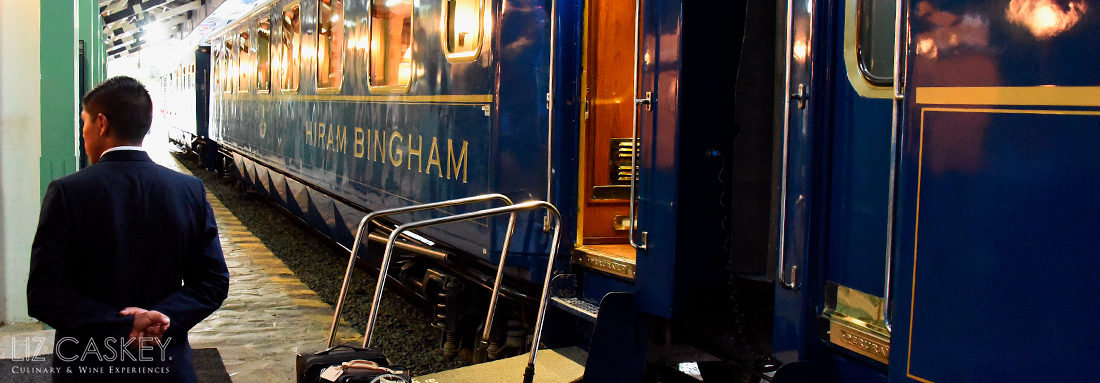
Villages Lost in Time: The picturesque towns of the Sacred Valley are true time warps. Villages like Maras, which date back over 500 years, have 16th-century coat of arms over their thresholds. In Ollantaytambo, gushing water flows through the aqueducts of the city, an Incan engineering feat that brought fresh water to the village. In whitewashed Pisac with its traditional market, stop to munch on an empanada from a communal oven dating back to the 16th century. We love the adorable local children with their rosy cheeks and dark eyes who love to dress in bright textiles.
Textiles are a Living Art: In the Peruvian highlands, traditional textiles are still the preferred form of dress for many villagers. Each village has its own color palette, symbols, and pieces so that, with a trained eye, you can easily identify where a person is from. In these towns, women work in textile cooperatives to pass on their weaving traditions from elders to the younger generation. At the co-ops, witness how the wool is cleaned, spun and soaked in cauldrons with natural dye. After, the weavers spin spools of thread to be woven into many textiles, shawls, blankets, sweaters, and ponchos.
Smooth Operators: For horse lovers, saddling up with a bonafide chalán, horseman, on the Peruvian Paso horses is a unique equine experience. These ponies are gently guided using light taps on the reigns and casting your gaze in the desired direction. The horse seemingly reads your mind to follow your lead. Their quick foot movements creates the smoothest ride ever. It’s a pleasurable way to slow down and take in the beauty of the Sacred Valley. Many of the canyons are only accessible by foot or on horseback.
Ancient Salt: Tucked away in a remote area of the Sacred Valley, these ancient salt mines of Maras date back to Incan times. The 3,000 salt pools appear to tumble down the mountainside. Each pool belongs to an individual family and the pinkish salt solidifies over a month’s time and is sold throughout the valley (and Peru) as a gourmet product. The dramatic views are quite simply a photographer’s dream.
and the meaningful
Hotels

Hacienda Urubamba (Inkaterra)
Perched on a slope overlooking the valley floor, this modern hacienda has spectacular vistas from nearly every window. Surrounded by the local Quechua farming communities, evidence of the Inca ancestors is ever-present from the ancient fortresses on mountaintops to the terraced plots growing potatoes and corn. Life is quiet and slower here and the pace at the Hacienda is just that--to decompress. The food is fresh from the 10-acre garden, the spa perfect to recharge with many medicinal Andean herbs, and our favorite afternoon pastime--gazing at the mountains with a perfectly mixed Pisco Sour in hand.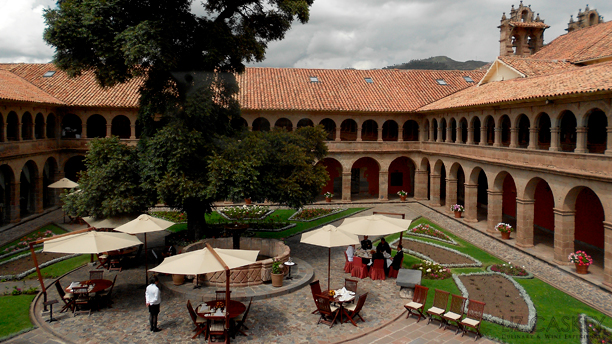
Hotel Monasterio (Belmond)
Constructed in 1592 in a former monastery, the Belmond Monasterio is a national monument turned luxury hotel. Erected around a series of internal stone courtyards in typical Spanish style, colonial art graces the walls, complete with a chapel ornately painted in gold. Rooms are decorated with touches of the colonial period and pumped full of oxygen for easy sleeping. Through the window, gaze at the handsome tiled rooftops and chiseled domes of Cusco. At breakfast, you may even hear Gregorian chanting with your café.
Hotel Sol y Luna
This pioneer hotel in the heart of the Sacred Valley is the passion project of Petit Miribel and Franz Shilter to support their intercultural school. Friendly and authentic, more than a hotel, it feels like your own luxurious private refuge. The tranquil setting is among acres of tended, lush gardens and the casitas (houses) were inspired by the design of traditional clay and stone cottages found throughout the region. Chef Pedro Miguel Schiaffino, one of Peru’s top culinary artists, oversees the menu at their restaurants where the produce is sourced from their nearby organic farm. At night, cuddle up by the roaring fire to sip your delicious aromatic pisco.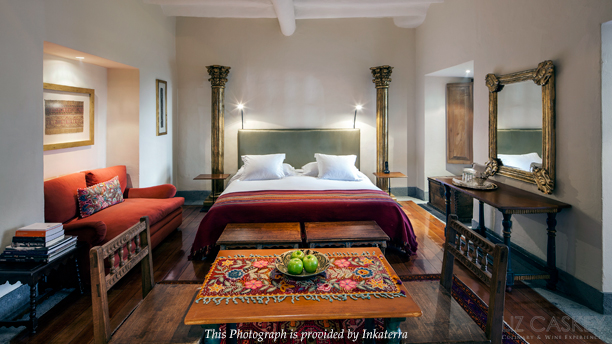
La Casona (Inkaterra)
Facing the whitewashed Plaza Nazarenas, this handsome 16th-century mansion centers around a grassy courtyard with massive stone arches. Colonial period décor and art tastefully mix with contemporary touches like oversized couches and marble bathrooms. La Casona is inviting and the living area perfect to sip a local herbal tea like muña, soothing for the altitude and digestion. Only a block from the cultural heart of Cusco, the whole city is at your fingertips for exploration.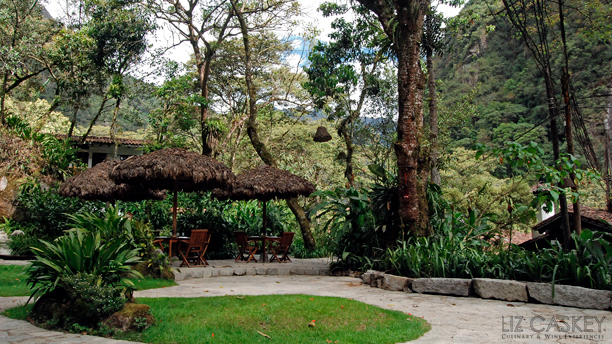
Machu Picchu Pueblo (Inkaterra)
Set amid the lush cloud forest the hotel’s gardens are rife with orchids and other native plants. Located in the town of Machu Picchu near the rushing Vilcanota River, they tastefully play up its proximity to the Lost City of the Incas with handsome whitewashed buildings built into the steep hillsides. The property is an exquisite exploration into the flora and fauna of this ecosystem with many butterflies, hummingbirds, and species buzzing on the grounds. It’s the perfect base for those wanting to overnight at Machu Picchu and do the sunrise hike to Huayna Picchu, the sister mountain.